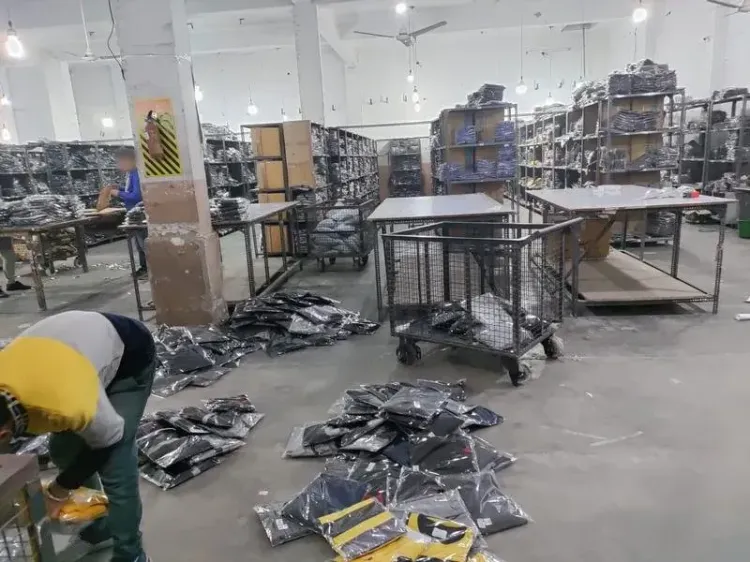Indian Hosiery Manufacturers Anticipate 10-12% Revenue Growth in FY25

Indian hosiery manufacturers anticipate 10-12% revenue growth in FY25 New Delhi, Dec 5 (NationPress) The revenue of Indian hosiery makers is expected to rise by 10-12 percent (year-on-year) this fiscal year, driven by a resurgence in rural demand, export market support, and strong modern trade sales, as highlighted in a report published on Thursday.
The sector’s operating margin is projected to enhance by 150-200 basis points (bps) this fiscal, attributed to declining input costs and better capacity utilization, bolstered by increased volume growth, according to a CRISIL Ratings evaluation of 30 hosiery manufacturers, representing a third of the industry's revenue.
"The expected revenue growth of 10-12 percent will be supported by a significant rise in rural sales, which comprise nearly half of the domestic revenue. Factors such as increased agricultural production due to a favorable monsoon, an increase in the minimum support price, and augmented government expenditure on rural infrastructure will encourage rural spending,” stated CRISIL Ratings Director Argha Chanda.
Moreover, a rise in exports to the Middle East and North Africa, coupled with anticipated growth in urban demand due to expanding modern trade, will further enhance volume growth, Chanda noted.
The hosiery sector typically experiences a surge in volume towards the year's end as distribution partners prepare for high demand during the summer months.
The report indicates that the stability in yarn prices this fiscal and a 1-2 percent reduction in selling prices has rekindled demand from distribution partners.
Given the robust demand from distribution partners, hosiery manufacturers are expected to reduce their expenditures on advertising and marketing. Consequently, the operating margin of hosiery producers rated by CRISIL Ratings is projected to widen by 150-200 bps to 11.5-12 percent this fiscal, leading to an increase in cash accruals.
“Increased cash accruals and shorter inventory holding periods are anticipated to decrease the working capital requirements and enhance the liquidity profile of participants. Furthermore, capacity utilization remains moderate, and no major expansions are anticipated. This should restrict long-term borrowings and financing costs,” the report outlined.









